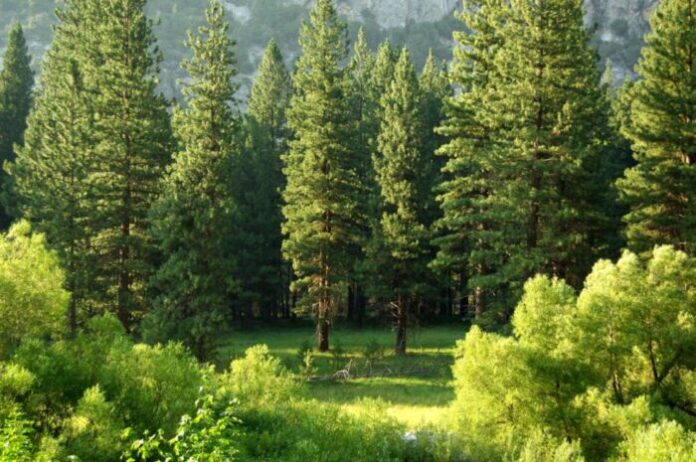
Big times for tree lovers. From reforestation apps aiming to become the ‘Tinder for trees’, to Trump’s commitment to join the One Trillion Trees Initiative, this year has seen a real boost in governments and start-ups’ efforts to repopulate forests.
Last month during the States General, a nine-day think-in on how to revive Italy’s economy, Italian Prime Minister Giuseppe Conte announced his intention to plant one million trees with an EU €1bln investment.
Beyond the doubts about cost coverage, Conte’s plan has revived the debate around reforestation investments and their effectiveness. While they are a fantastic effort to mitigate climate change, it is vitally important to understand that these measures are just partial, or rather counterproductive when not planned carefully and judiciously.
In this regard, a University of Utah study published on Science last week highlighted how the use of forests to offset carbon emissions comes with risks to be taken into account when investing in reforestation as a climate change solution.
Biologist and author of the study William Anderegg said in an interview with SmartGreen Post that forests’ stored carbon might not remain stable over the long term due to several different factors.
“Major climate risks like droughts and fires could actually cause a massive die out of forests which would then emit the stored carbon into the atmosphere and accelerate climate change,” he explained. Circumstances which are likely to increase in severity and extension in the warming world.
Also, planting trees does not always have a net cooling effect on the climate, he pointed out. At northern latitudes, like in Canada, upper US or Russia, snow-covered non-forested areas reflect a lot of incoming sunlight back to space. If those areas were to be reforested, they would lose their reflectiveness properties, which are not compensated by the trees’ carbon offsetting. Under these circumstances, forest repopulation would actually heat the planet.
To guarantee forests’ permanence in the long term, and therefore their effectiveness, Anderegg stressed the importance of directing reforestation investments to appropriate landscapes and areas less likely to be hit by fires, droughts, invasive species, or pathogens. “[Reforestation] could play a meaningful role only if we do it wisely and informed by the best available science.”
This also means planting new forests in an ecologically and socially responsible way. Reforestation projects should focus on ensuring diversity of species, effective land ownership regimes, and the monitoring of new trees for years.
Another key factor is involving indigenous communities on the ground by making sure their rights and wishes are respected and that they will properly use and maintain the reforested area.
However, tree repopulation alone is not enough. Evidence shows that forests could contribute only as much as 20% of the full mitigation potential of all net emissions.
Despite a last year’s paper argued that tree-planting is the single most promising mechanism available for climate change mitigation, Zeke Hausfather, UC Berkeley climate scientist and analyst, was among those who dismissed such findings.
According to Hausfather, reforestation has been inaccurately portraited as the solution to global warming, whereas it is an important but still relatively small part of the overall set of crucial action we need to take.
“A world where we have reforestation is better than a world where we don’t have reforestation,” he said to SmartGreen Post, “but there is not a single solution that is going to solve climate change.”
Despite forests’ increasing important role, putting across the idea that planting trees will solve the complex issue of global warming risks becoming a dangerous distraction from the causes of the problem. “We want to make sure that we are not using it as a way to escape responsibilities or taking real actions to reduce emissions,” Hausfather said.
“The only way to fundamentally stop climate change is to get emissions to net-zero and that would automatically reduce fossil fuels emissions,” he concluded. “Reforestation cannot be a replacement for that.”



































